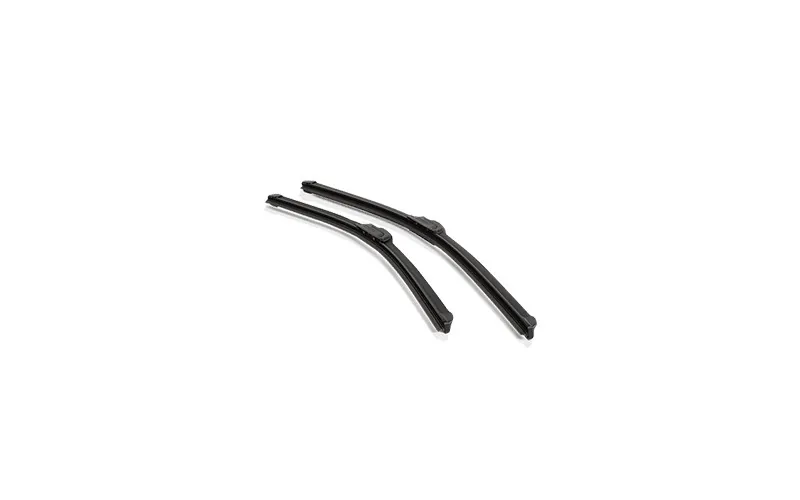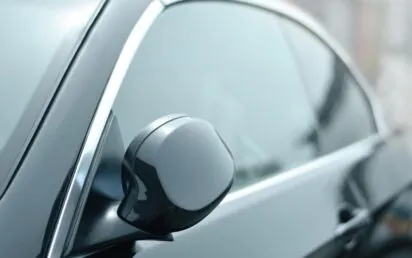Modern vehicle technology has transformed every aspect of driving, including the humble windscreen wiper. What once operated through simple mechanical switches now relies on sophisticated software and sensors that can detect rainfall intensity and anticipate when drivers need visibility assistance. From premium electric vehicles like Tesla to mainstream manufacturers such as Vauxhall, software-controlled wiper systems represent a significant advancement in automotive safety and convenience.
The evolution of intelligent wiper control
Traditional windscreen wipers operated on basic electrical circuits with manual speed controls. Today’s systems employ algorithms that analyse multiple data sources simultaneously. Most rain-sensing wipers use a sensor mounted behind the windsscreen that sends out a beam of infrared light. When water droplets are on the windscreen, light is reflected back at different angles, telling the system to activate the wipers and adjust speed based on precipitation intensity.
The electronics and software turn on the wipers when reflected light decreases to a preset level. The software sets wiper speed based on how fast moisture builds up between wipes, operating at any speed required. This represents the current standard for most production vehicles.
Research is exploring more advanced approaches using computer vision methods for raindrop detection, though these remain largely experimental rather than production-ready solutions.
Tesla’s software-centric approach
Tesla has pioneered a unique approach that exemplifies the company’s software-first philosophy. Unlike traditional manufacturers who rely primarily on physical rain sensors, Tesla’s system utilises cameras. Model Y detects precipitation and adjusts wiping speed through its Auto setting, part of the vehicle’s broader autonomous driving capabilities.
When you press the wiper button on the steering wheel, the touchscreen displays the wiper menu for adjustment. Tesla’s over-the-air software update version 2023.20 added new windscreen wiper controls allowing users to adjust speed directly from the steering wheel without activating wipers first.
However, Tesla’s approach has faced criticism. Owner feedback suggests that after years of ownership, the automatic wiper functionality remains inconsistent, highlighting the challenges of replacing sensor systems with other software solutions.
Vauxhall’s electronic control systems
Vauxhall employs a more traditional approach through electronic systems integrated with the vehicle’s main control modules. Like most modern manufacturers, Vauxhall typically uses the body control module to manage wiper functions rather than dedicated standalone controllers. This centralised approach allows integration with other vehicle systems whilst maintaining reliable operation.
Many Vauxhall models incorporate an automatic rain sensing feature, though implementation varies across model lines. For newer models, auto wipe is turned off after each ignition cycle, an improvement over the Astra K system where auto wipe stays armed to prevent accidental activation in cold weather.
Vauxhall’s approach demonstrates how traditional manufacturers balance innovation with reliability, using electronic control systems that can be serviced when needed.

Windscreen wiper Image provided by AUTODOC
Advanced algorithms and artificial intelligence
The latest wiper control systems employ algorithms beyond simple rain detection. Semcon has developed software called ProActive Wipers (PAW) that uses camera, radar, and rain sensors to detect when large vehicles present splash risks and prepares wipers accordingly.
Researchers continue exploring machine learning applications for wiper control, introducing real-time rain detection systems based on machine vision and deep learning, though such systems remain primarily in research phases rather than in everyday applications.
Advanced systems can differentiate between precipitation types and adjust operation accordingly. The most sophisticated systems predict patterns and prepare for changing conditions before they occur.
Integration with vehicle ecosystems
Modern wiper systems form part of comprehensive vehicle management networks. Some newer cars smartly connect wiper operation with automatic headlights to ensure compliance with legal requirements and enhance safety.
Integration extends to driver assistance systems. When you engage Tesla’s Autosteer, wipers automatically set to Auto mode, ensuring optimal visibility during autonomous driving functions. This demonstrates how wiper control has become integral to advanced driver assistance systems (ADAS).
For electric vehicles, software controls offer benefits through energy management with sophisticated algorithms potentially improving efficiency compared to simple on-off systems.
The importance of proper wiper blade sizing
Regardless of the sophistication of wiper controls, proper wiper blade sizing remains fundamental. Tesla warns that using the wrong blades can damage the wiper system and windscreen.
As AUTODOC writes, windscreen wiper blades are available in sizes ranging from 9 inches to 32 inches or 230mm to 813mm. The size is important because a proper fit ensures they cover the glass evenly without leaving gaps. Components that are too short won’t clear the full windscreen, whereas if they’re too long, they may overlap or hit the edges, causing damage. You can find the correct size in your vehicle owner’s manual or by using an online compatibility tool. Most vehicles use two different lengths for the driver and passenger sides, and some also include a rear wiper. This guidance emphasises that even the most advanced software cannot compensate for incorrectly sized accessories.
Challenges and future developments
Software-controlled wiper systems face significant challenges. Developing sensors that accurately detect precipitation in diverse environments requires varying sensor designs and algorithms for different weather patterns and geographic locations.
Tesla’s experience illustrates these challenges as windscreen wipers have shown reduced sensitivity to rain detection after software updates, highlighting the complexity of maintaining consistent performance through software alone.
Industry reports suggest substantial growth in the automotive rain sensor market, driven by increasing ADAS integration and consumer demand for convenient features. Future developments will likely incorporate more advanced capabilities as research continues exploring artificial intelligence applications.
Looking ahead
The evolution from mechanical switches to intelligent systems represents just the beginning of windscreen wiper technology development. From Tesla’s software-first approach to Vauxhall’s balanced electronic integration, manufacturers explore different paths toward reliable, automatic windscreen clearing that enhances safety and convenience.
Quality windscreen wiper components remain essential regardless of control system sophistication, ensuring hardware and software work together to maintain clear visibility in all weather conditions.

